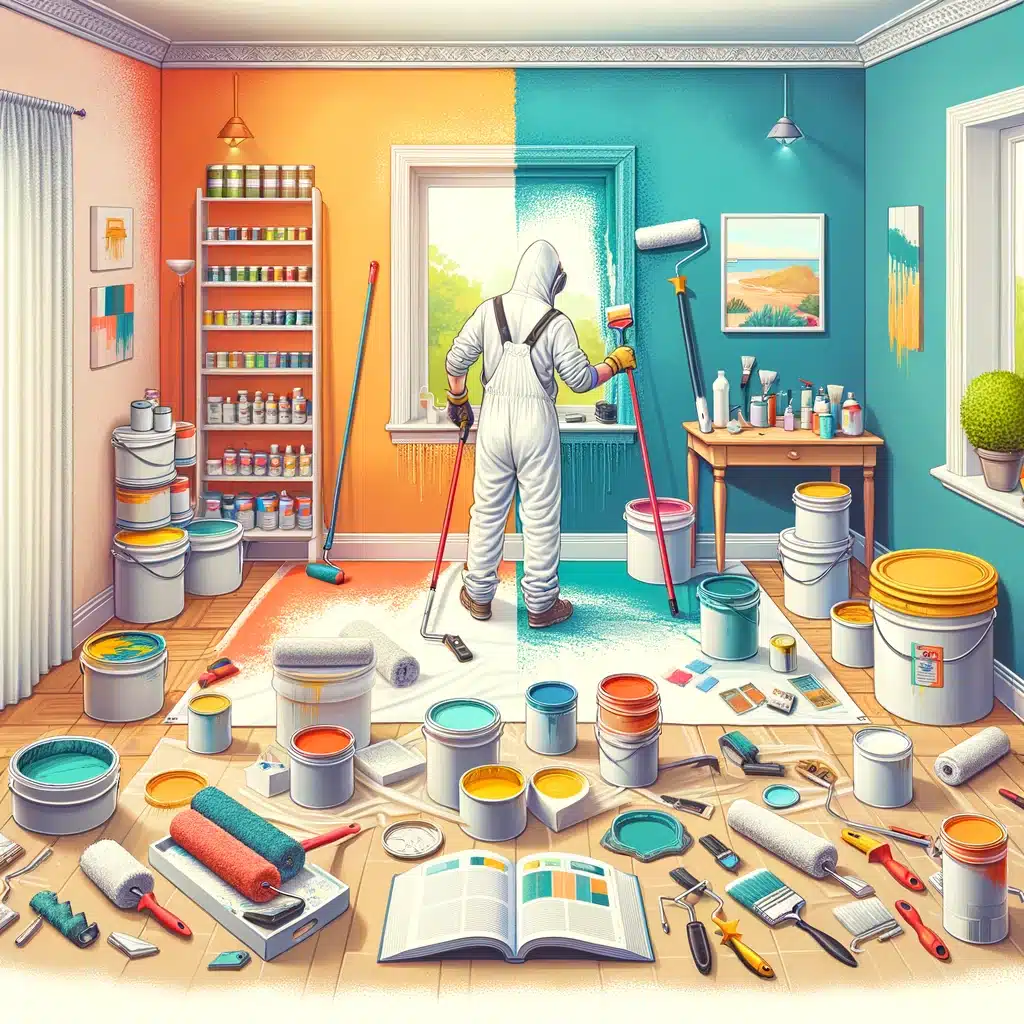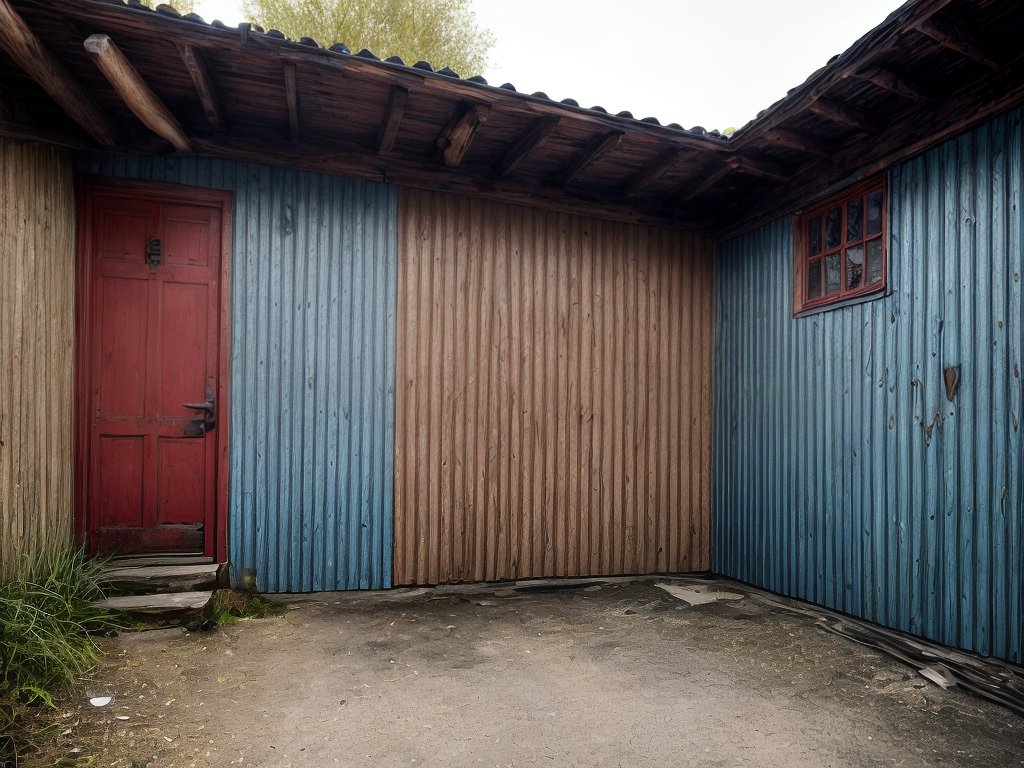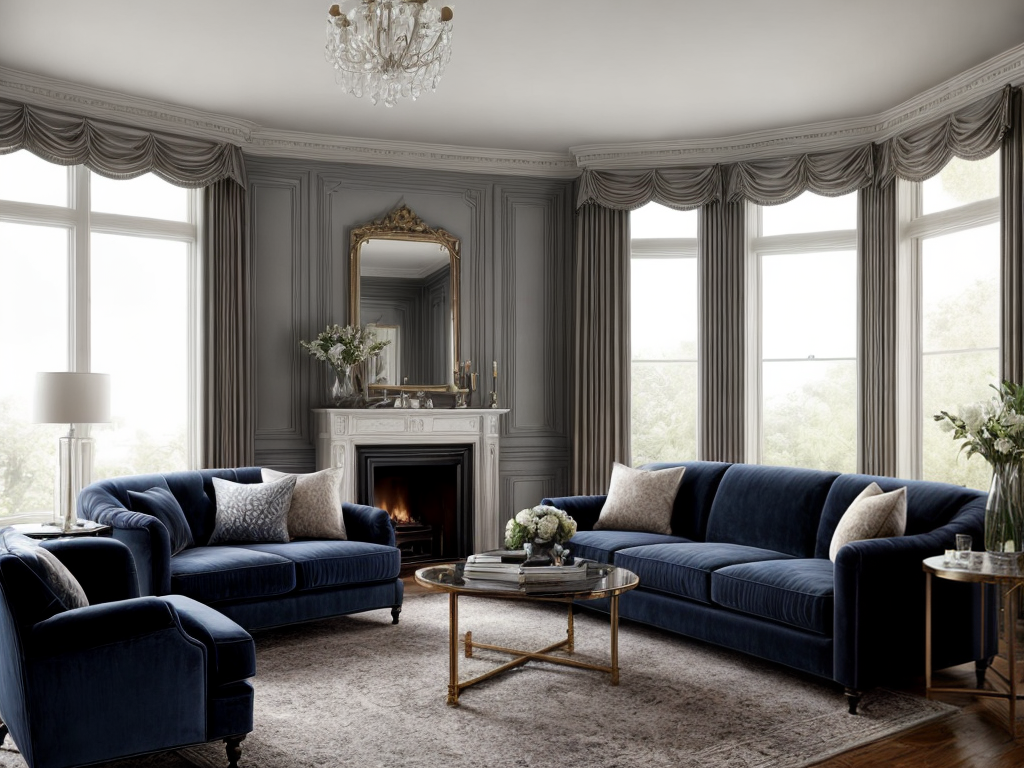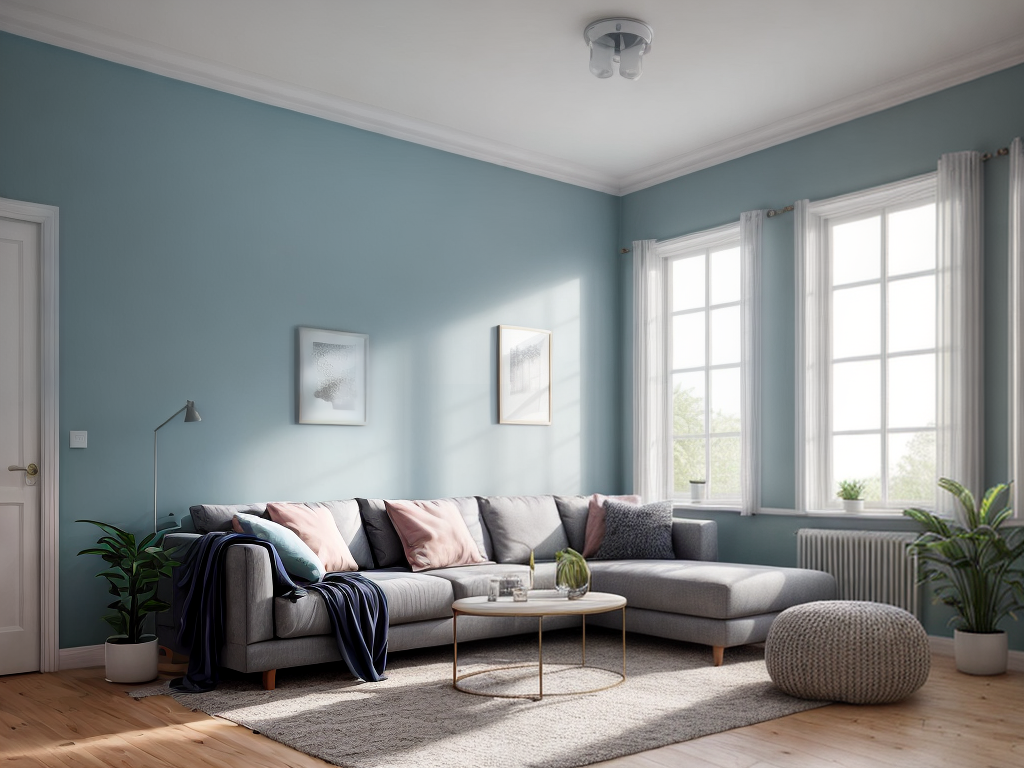When it comes to transforming your walls, the power of texture cannot be underestimated. In “Mastering Texture: DIY Techniques for Stunning Walls,” I will guide you through a collection of practical and creative techniques that will elevate your walls to a whole new level. From using paint to experimenting with textured plaster and incorporating natural materials, this book is filled with step-by-step instructions and inspiration for achieving stunning results. Whether you want to add depth and dimension or create a focal point, these DIY techniques will help you achieve a unique and personalized look for your walls. Get ready to unleash your creativity and master the art of texture!
Preparing Your Walls
I’ll start by cleaning the walls thoroughly to remove any dirt or debris. Surface preparation is key to achieving a flawless finish. First, I’ll gather all the necessary tools: a bucket, warm water, mild detergent, and a sponge. I’ll dampen the sponge and gently scrub the walls, paying extra attention to any stubborn stains. Once the walls are clean and dry, it’s time to address any cracks or imperfections. Repairing cracks is essential to achieve a smooth and even texture. I’ll use a putty knife to apply a thin layer of joint compound over the cracks, smoothing it out as I go. After allowing it to dry, I’ll sand it down until it’s flush with the wall. With the walls cleaned and repaired, they are now ready for the next step in the texture application process.
Choosing the Right Texture
To ensure a successful textured wall, it is important to carefully select the appropriate texture based on the desired aesthetic and the condition of the walls. When it comes to choosing the right texture, there are a variety of options to consider. One option is creating custom textures, which allows for a more unique and personalized look. However, this can be time-consuming and may require more skill and experience. Another option is to choose from the different texture options available in the market. These include options such as smooth textures, popcorn textures, and skip trowel textures, among others. Each texture option has its own pros and cons, so it is essential to weigh them carefully before making a decision. The right texture can transform a plain wall into a stunning focal point, so choose wisely.
Using Paint for Texture
I can achieve textured walls by using paint. There are various painting techniques that can be used to create texture on walls. One popular method is to use a sponge or rag to apply the paint in a stippled or dabbing motion. This creates a textured effect that adds depth and interest to the walls. Another technique is to use a dry brush to apply the paint in a rough, uneven manner, creating a rustic or aged look. Faux finishes, such as marble or stone effects, can also be achieved using paint. These techniques involve layering different colors and using specialized tools to create the desired texture. With the right paint and techniques, I can transform plain walls into stunning textured surfaces.
Getting Creative With Wallpaper
I love how wallpaper can be used as a form of art on our walls. The bold patterns and designs make such a statement and add a unique touch to any room. In this section, we will explore the impact of using bold patterns and how to get creative with wallpaper.
Wallpaper as Art
Using wallpaper as a creative medium allows for stunning and unique artistry on walls. One of the current wallpaper trends is incorporating texture to add depth and visual interest to a space. Texture can be achieved through various techniques such as embossing, flocking, or using textured materials like grasscloth or fabric. These textured wallpapers not only create a tactile experience but also add a dynamic element to the overall design. By incorporating texture, the wallpaper becomes more than just a decorative element; it becomes a work of art that can transform any room. Whether it’s a subtle texture or a bold and dramatic pattern, wallpaper as art allows homeowners to express their personal style and create a one-of-a-kind statement on their walls.
Impact of Bold Patterns
Bold patterns in wallpaper offer a striking and visually captivating way to get creative with your walls. Not only do they add a unique and personalized touch to any space, but they also have long-term effects on our psyche. The psychological impact of bold patterns in wallpaper is undeniable. These patterns can evoke various emotions and moods, depending on their design and color scheme. For example, vibrant and energetic patterns can create a sense of excitement and liveliness in a room, while softer and more soothing patterns can promote relaxation and tranquility. Studies have shown that our environment plays a significant role in our overall well-being, and the use of bold patterns in wallpaper can have a profound impact on our mood and mental state. So, if you’re looking to make a statement and transform your space, don’t underestimate the power of bold patterned wallpaper.
Adding Dimension With Stencils
Occasionally, I like to enhance the dimension of my walls by incorporating stencils into my DIY projects. Dimensional stenciling is a technique that allows me to create depth and add a unique touch to my walls. By using stencils with raised patterns or textures, I can achieve a three-dimensional effect that makes my walls stand out. I start by choosing a stencil design that complements my overall decor theme. Then, using a stencil brush or roller, I carefully apply paint or texture paste over the stencil, making sure to create a layered effect. The result is a stunning wall that adds visual interest and gives the illusion of depth. With dimensional stenciling, I can transform my plain walls into works of art.
Experimenting With Textured Plaster
To further enhance the dimension of my walls and continue exploring creative techniques, I have found that experimenting with textured plaster is an exciting next step. Textured plaster techniques offer endless possibilities for creating unique wall designs. By applying different textures, such as smooth or rough, I can add depth and visual interest to my walls. One technique involves using a trowel to create a textured finish, while another involves adding sand or aggregate to the plaster mixture for a more pronounced texture. I can also experiment with different patterns and designs by using tools like brushes, sponges, or even my hands to manipulate the plaster. The versatility of textured plaster allows me to unleash my creativity and transform my walls into works of art.
Incorporating Natural Materials
One of my favorite ways to enhance the texture of my walls is by incorporating natural materials. Not only do natural materials add a unique and organic touch to the overall design, but they also offer eco-friendly texture options. In modern design, there is a growing trend towards using sustainable and environmentally friendly materials. By incorporating elements such as reclaimed wood, stone, or bamboo, I can create a visually stunning and environmentally conscious space. These natural materials not only provide texture but also bring a sense of warmth and authenticity to the room. Whether it’s a feature wall made of reclaimed wood or a stone accent wall, incorporating natural materials is a great way to elevate the aesthetic appeal of any space while being mindful of the environment.
Finishing Touches: Sealing and Maintaining the Texture
When it comes to textured walls, ensuring their longevity is essential. That’s why proper sealing techniques are crucial. In this section, I will discuss the importance of sealing and maintaining the texture to preserve its beauty and durability over time.
Longevity of Textured Walls
As I apply the finishing touches to my textured walls, I know that ensuring their longevity is crucial, so I carefully seal and maintain the texture. The durability of textured walls depends on how well they are sealed and maintained. Properly sealing the texture helps protect it from wear and tear, preventing it from deteriorating over time. Regular maintenance is also essential to keep the texture looking its best. This may include cleaning the walls with a gentle cleanser and a soft cloth, as well as addressing any cracks or chips that may occur. While the initial cost of textured walls may be higher than smooth walls, the maintenance cost is generally lower because the texture helps hide imperfections and reduces the need for frequent touch-ups.
Proper Sealing Techniques
To ensure the longevity of textured walls, I always start by properly sealing and maintaining the texture. Surface protection is crucial for keeping the walls in pristine condition. When it comes to sealing products, there are a few options to consider. One popular choice is a clear acrylic sealer, which provides a protective layer while still allowing the texture to shine through. Another option is a penetrating sealer, which seeps into the wall and creates a barrier against moisture and stains. Whichever product you choose, make sure to apply it evenly and follow the manufacturer’s instructions for best results. Regular maintenance is also important to keep the texture looking its best. This includes periodic cleaning and touch-ups as needed. By taking these steps, you can ensure that your textured walls stay beautiful for years to come.
Conclusion
In conclusion, mastering texture on your walls can transform your space into a work of art. Just like a skilled painter uses different brush strokes to create depth and movement, adding texture to your walls is like adding layers of personality and charm to your home. So grab your tools and let your creativity flow, because with a little DIY magic, your walls can become a masterpiece that tells your unique story.




